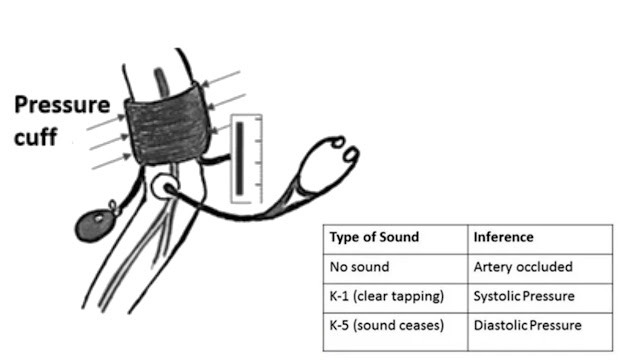What is Digital Signal Processing advantages, disadvantages and applications

Digital Signal Processing Digital Signal Processing is the process of representing signals in a discrete mathematical sequence of numbers and analyzing, modifying, and extracting the information contained in the signal by carrying out algorithmic operations and processing on the signal. Digital signal processing (DSP) is the use of digital processing, such as by computers or more specialized digital signal processors, to perform a wide variety of signal processing operations. The digital signals processed in this manner are a sequence of numbers that represent samples of a continuous variable in a domain such as time, space, or frequency. In digital electronics, a digital signal is represented as a pulse train, which is typically generated by the switching of a transistor. Digital signal processing and analog signal processing are subfields of signal processing. DSP applications include audio and speech processing, sonar, radar and other sensor array processing, spectral density esti


